The SOVA Project is happy to feature this blog post written by one in our team of fantastic SOVA Ambassadors—these are young people who help create meaningful blog posts from adolescents’ perspectives.
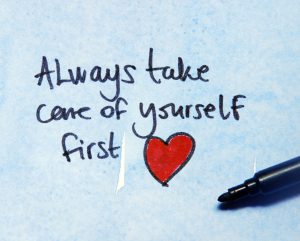 I took a Pilates class this past semester at school, and in our last class our instructor posed us a question: What does self-care mean to us?
I took a Pilates class this past semester at school, and in our last class our instructor posed us a question: What does self-care mean to us?
I thought about how I’ve used self-care throughout the semester, and most of the examples I came up with involved finding little things to lift my spirits and allowing myself to relax when I felt stressed or overwhelmed. Then I heard my instructor point out a distinction that I had never thought of before: there is a difference between corrective and preventive self-care. Suddenly, I realized that most of my self-care involves coping with problems in a healthy way—but I tend to abandon these practices when I’m not actively facing intense emotions.
Mostly, I’ve been engaging in corrective self-care. I would like to add some of the preventive kind.
Corrective and preventive self-care are both important for our physical and mental well-being. The goal of corrective self-care is to ease pain and difficulties in the moment—for instance, going to bed if you’re feeling sick or tired.
Preventive self-care, on the other hand, might involve going to bed at a decent time each night so you feel energized each day. This type of self-care is intended to maintain a state of wellness in our everyday lives. It involves cultivating healthy habits, listening to your needs, and looking for simple moments of joy. This can include things like:
- eating a nutritious yet satisfying diet
- scheduling some time each week for an enjoyable activity
- keeping a gratitude journal.
 By doing what’s best for your mind and body on a regular basis, you can mitigate some of the tension in your life and feel even more ready to take on each day.
By doing what’s best for your mind and body on a regular basis, you can mitigate some of the tension in your life and feel even more ready to take on each day.
The term “self-care” is often associated with stress relief, and while it is certainly helpful for dealing with overwhelming and acute pressure and emotions, it’s helpful to practice self-care in less stressful times as well. As its name implies, preventive self-care is designed to prevent or mitigate pain and distress before it fully develops. Any action that brings comfort and positive feelings in your life could be defined in this way.
What kinds of corrective and preventive self-care do you practice? Where did you learn these methods? And in what ways do you think you might already be practicing preventive self-care without realizing it? Share with us in the comments!
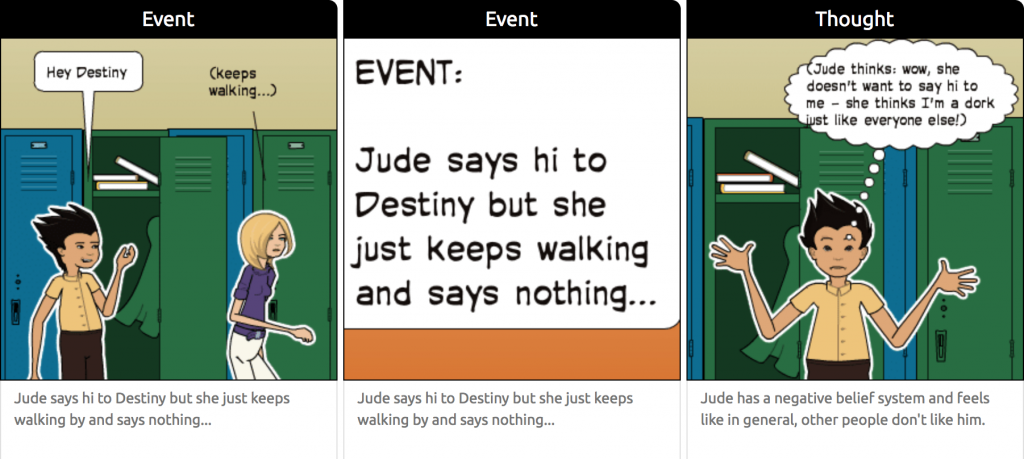
 For example, maybe they have a lot of skill in math and science—but when it comes down to it, they could spend all their days just drawing with a charcoal pencil. People have many sides to them. And in one snapshot of their lives—they are one way—at another stage they might have left certain things behind and now there are new adjectives to describe who they are.
For example, maybe they have a lot of skill in math and science—but when it comes down to it, they could spend all their days just drawing with a charcoal pencil. People have many sides to them. And in one snapshot of their lives—they are one way—at another stage they might have left certain things behind and now there are new adjectives to describe who they are. I took a Pilates class this past semester at school, and in our last class our instructor posed us a question: What does self-care mean to us?
I took a Pilates class this past semester at school, and in our last class our instructor posed us a question: What does self-care mean to us? By doing what’s best for your mind and body on a regular basis, you can mitigate some of the tension in your life and feel even more ready to take on each day.
By doing what’s best for your mind and body on a regular basis, you can mitigate some of the tension in your life and feel even more ready to take on each day. If you are told your child may have a mental illness, you might project onto their future pictures of other family members (or even of yourself) who have struggled with mental illness.
If you are told your child may have a mental illness, you might project onto their future pictures of other family members (or even of yourself) who have struggled with mental illness.
 Your child and you can feel pretty vulnerable when you talk to a therapist. Think about it—you are telling them your deepest thoughts and you are not sure what they are thinking! You might not know what a therapist is supposed to do or act like if you’ve never seen one before. So how do you know if things are going well in therapy?
Your child and you can feel pretty vulnerable when you talk to a therapist. Think about it—you are telling them your deepest thoughts and you are not sure what they are thinking! You might not know what a therapist is supposed to do or act like if you’ve never seen one before. So how do you know if things are going well in therapy? Do you remember when you were young and had tough topics you wanted to talk to your parent or caregiver about? Sometimes it is important to reflect on those times and realize your child is going through them too. Today, we posted an article on our SOVA site (for adolescents) about talking to their parents using the listed tips below. We think they are also good tips for parents!
Do you remember when you were young and had tough topics you wanted to talk to your parent or caregiver about? Sometimes it is important to reflect on those times and realize your child is going through them too. Today, we posted an article on our SOVA site (for adolescents) about talking to their parents using the listed tips below. We think they are also good tips for parents!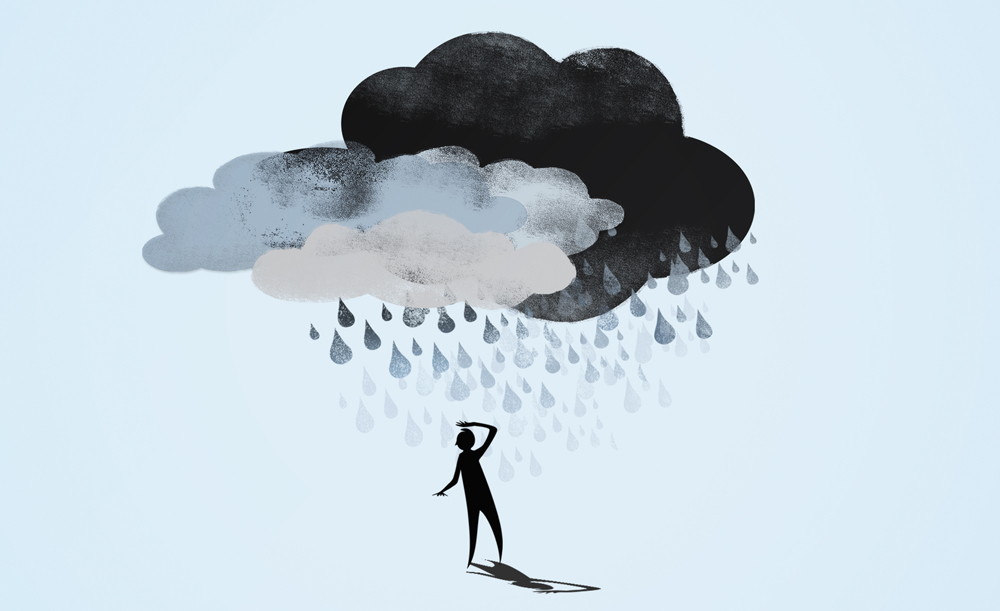 Have you ever thought about what the source of your child’s depression symptoms are? Have you discussed with them why they think they have depression?
Have you ever thought about what the source of your child’s depression symptoms are? Have you discussed with them why they think they have depression? As many as one in every five teens experiences depression during adolescence, but their symptoms often go undiagnosed and untreated because they lack access to mental health specialists.
As many as one in every five teens experiences depression during adolescence, but their symptoms often go undiagnosed and untreated because they lack access to mental health specialists.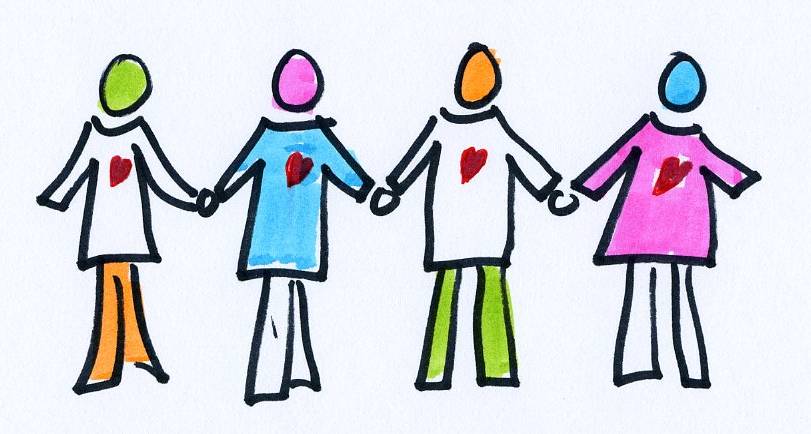
 Human beings all crave the feeling of belonging. We want to have familial relationships and friendships that support us and make us feel good. However, when we start to feel others no longer want us, we experience the weight of loneliness and isolation. This is especially true with adolescents.
Human beings all crave the feeling of belonging. We want to have familial relationships and friendships that support us and make us feel good. However, when we start to feel others no longer want us, we experience the weight of loneliness and isolation. This is especially true with adolescents. 
 I started my first diary when I was 12 years old and I haven’t stopped writing since. My diaries from middle school focus a lot on my friends, my crushes, shaky attempts at poetry, and how much my sisters annoy me. Nowadays my writing is a bit different. I still write about my relationships and I still write poems but I also write about living with mental illness. For me, writing has always been a really healthy way for me to process my feelings, rehearse how I’d talk about them, and then provide structure so I can share my story with the world. Over time I’ve grown from a writer who mostly writes for herself, to one who shares it with other people—but this was a process! The decision to share your writing is a serious decision that you need to think about.
I started my first diary when I was 12 years old and I haven’t stopped writing since. My diaries from middle school focus a lot on my friends, my crushes, shaky attempts at poetry, and how much my sisters annoy me. Nowadays my writing is a bit different. I still write about my relationships and I still write poems but I also write about living with mental illness. For me, writing has always been a really healthy way for me to process my feelings, rehearse how I’d talk about them, and then provide structure so I can share my story with the world. Over time I’ve grown from a writer who mostly writes for herself, to one who shares it with other people—but this was a process! The decision to share your writing is a serious decision that you need to think about.